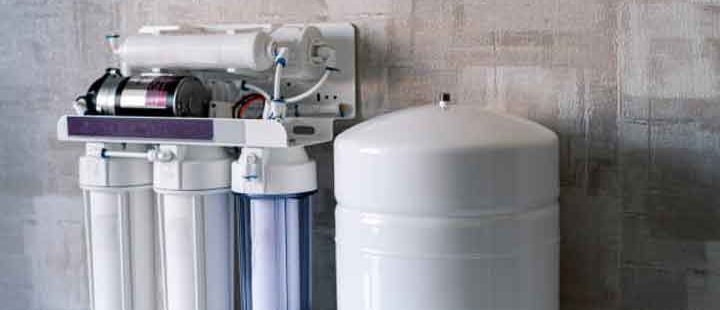If you’ve ever been exposed to dirty water, you probably want to know how to purify it before you drink it. There are several methods available, and they are listed in order of effectiveness. Some of the most common ones include Distillation, Reverse osmosis, UV light, and Ion exchange resin. Learn more about each one in this guide. It may help you decide which method is right for you!
Reverse osmosis

The development of efficient water purification technology is critical to the security of drinking waters. Reverse osmosis is an effective method that has recently attracted significant attention for its applications in drinking water security. This technology involves minimal phase change and simple equipment. Let us briefly understand the principle of osmosis and reverse osmosis before discussing its benefits and disadvantages. Read on to learn more about the technology’s development, continue to read here.
Distillation
The first step in water distillation is the boiling chamber. The water is then poured into the boiling chamber and heated with a heating element. As it reaches a rolling boil, it produces steam and travels through a vent into the condenser. A stainless steel coil encloses the water and condenses the vapor into liquid. After cooling, the water reaches a storage tank for storage.
UV light
UV water purification is a popular method for removing harmful pathogens from your water. UV water purifier systems are typically installed at the point where water enters a home. While municipal water treatment facilities take several steps to protect you from these microbes, they can’t prevent all contaminants. Some municipalities use chlorine to disinfect water, but this doesn’t eliminate every threat. Even municipal water supplies can contain chlorine-resistant microorganisms. These contaminants are natural in water wells, and they cause thousands of documented health cases each year. UV water purification systems are simple to install and operate, and the cost is low. They pay for themselves in no time.
Ion exchange resin
An ion exchange resin is a material that replaces the elements in water with different types of ions. The process involves flowing water with undesirable ions through a bed of resin beads. The problematic ions are exchanged with similar charged ions. Resin beads contain functional groups that are designed to attract the ions in the treated water. They will bond with each other through electrostatic attraction and displace the harmful ions.
Boiling
Unlike filtering, boiling for water purification is an effective way to remove pathogens from tap water. By using filtration, the water is filtered before being consumed. This method is also beneficial for the body. By removing the harmful bacteria, it will be easier to absorb essential nutrients from the water and stay healthy. Boiling for water also reduces bacterial growth, which is a major problem in many developing countries.
- 5 Reasons to Try ProHydrolase for Digestive Health - June 20, 2024
- SMS Verification: A Comprehensive Overview - June 10, 2024
- 4 Effective Ways to Manage Erectile Dysfunction - June 3, 2024

